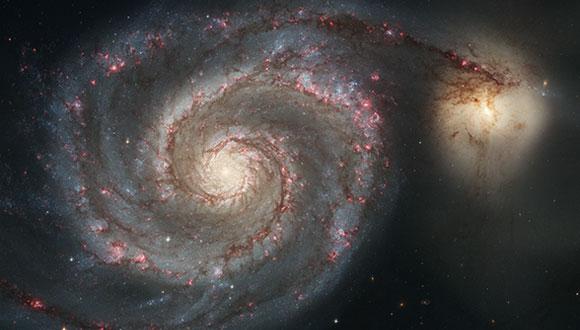Astronomy & Astrophysics Seminar: Particle Acceleration & Emission in Blazars
Tiffany Lewis, Technion
Abstract:
Blazars, jetted AGN pointed toward Earth, represent the most energetic sustained phenomena in the known Universe, providing us with an unparalleled view of the extreme physics occurring in astrophysical jets. I create theoretical models of the primary emitting region of blazar jets, using particle transport in the Fokker-Planck formalism, which help us to understand the physical properties behind broadband spectral emission and time variability signatures from these astrophysical powerhouses. Blazar jet emission is often described as generated by a simple power-law electron distribution in one-zone leptonic models. However, these models both neglect a self-consistent expression of the acceleration mechanisms, and occasionally struggle to explain the high-energy spectra, detected by FermiLAT. Calculating the particle and photon populations self-consistently allows us to constrain the source energetics, which is important to AGN lifetime and the disk-jet connection, as well as providing a better match to the full spectrum. Examining simultaneous time series and spectral data from Mrk 421 reveals that the variable flux is more affected by shock acceleration than the underlying steady-state component, which is dominated by stochastic acceleration, a revelation made possible by including both forms of acceleration in the model. A more careful examination of multiple epochs of broadband SEDs for 3C 279 illuminate a more physical prediction of the location of the emitting region. The model is also sufficiently flexible to explain even relatively rare flaring activity, where extreme Compton dominance may indicate a significant departure from equipartition.
Seminar Organizer: Dr. Omer Bromberg


